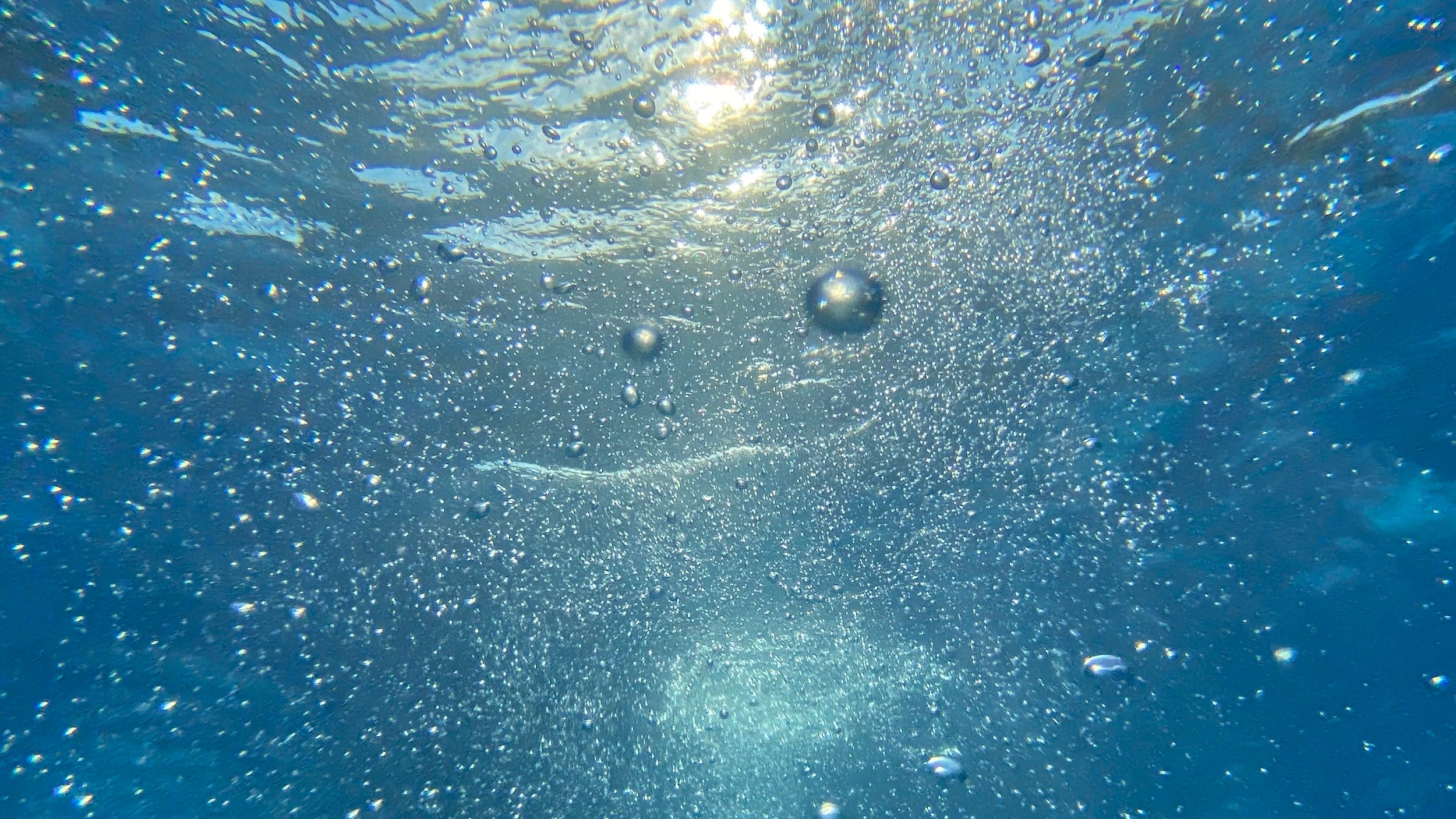The scientific definition of sound, which is omnipresent throughout the world, is “a vibration that propagates as an audible wave of pressure, through a transmission medium such as a gas, liquid or solid,” and each sound is characterized by its wavelength hertz (Hz), intensity (decibel), speed, and direction. The audible sound that is perceptible by humans has frequencies from about 20 to 20,000 Hz.
Air isa mixture of gases, solids, and liquids that surrounds the Earth. Air is important for living things because it contains oxygen, which is necessary for respiration. Respiration is the process by which living things take in oxygen and release carbon dioxide.This process gives plants and animals the energy to grow, eat, and live.
Water a transparent fluid which forms the world's streams, lakes, oceans and rain, and is the major constituent of the fluids of organisms. As a chemical compound, a water molecule contains one oxygen and two hydrogen atoms that are connected by covalent bonds. Water is a liquid at standard ambient temperature and pressure, but it often co-exists on Earth with its solid state, ice; and gaseous state, steam.
Earth is the third planet from the Sun and the only astronomical objectknown to harbor life. This is enabled by Earth being an ocean world, the only one in the Solar System sustaining liquid surface water. Almost all of Earth's water is contained in its global ocean, covering 70.8% of Earth's crust.














